Identity management is the process of verifying your company’s user identities and what each employee can access within the company network. Identity management keeps your company data and IT (Information Technology) systems secure by allowing only authorized access to specific applications, components, and systems that are necessary for the respective company position.
Identity management will enhance your organizational security and operational efficiency. Implementing identity management protects software and data access and your hardware resources, such as servers, networks, and storage devices.
Table of Contents
The 3 Main Benefits of Identity Management
The three main benefits of identity management include better online security, increased employee productivity, and more growth opportunities.
1. Better Security
Traditional security often has one point of failure – the password. If a user’s password is breached – or worse yet, the email address for their password recoveries – your organization becomes vulnerable to attack. Identity management narrows the points of failure and can catch mistakes when they are made.
2. Increased Productivity
Automation of IAM (Identity Access Management) tasks frees up IT for bottom-line-focused projects, and self-service identity management tools improve the overall productivity of employees, contractors, and other users who access corporate resources.
3. More Opportunities
Implementing an overall IAM framework can provide opportunities for growth, by improving the scalability of those services critical to onboarding inexperienced users, and that reduction of IT workforce translates to a better ROI (Return on Investment) for the IT organization.
Identity and access management has become the foundation for all these business benefits and continues to protect the enterprise from threats that could lead to data theft, malicious attacks, or exposing sensitive customer, patient, or legal information.
How Identity Management Works
The identity management system authenticates a user, device, or application within the enterprise network based on certain attributing factors. Some examples of these factors could include usernames, process IDs, email addresses, or employee numbers. This assigned user identity will then determine if access is granted to a resource or not.
Identity management assigns a digital identity to each user’s device. An identity management system then enables those identities to be easily maintained, modified and monitored across the company. As part of an identity management framework, businesses typically use both a user management component and a centralized directory component like Active Directory.
- User Management
The user management component will handle the delegation of admin authority, tracking roles and responsibilities (for each user and group), adding, and removing user accounts, and password management.
- Central Directory
The central directory portion involves using a repository of all user and group data for your business. A key role of this piece is to synchronize the directory across your business, which can span both on-site and cloud components. Once properly fitted, it will enable a single view of all users and permissions.
Identity Management and Two-Factor Authentication
By pairing identity management with adaptive two-factor authentication, administrators can protect their organizations from any password-related threats by having users provide additional authentication methods to authorize access. Administrators can even set conditional access that checks the user’s device, location, and network in real-time.
With adaptive two-factor authentication, you can configure a password with less experience using smartphones or physical tokens. Users can access all their applications seamlessly through a single authentication, reducing the risk of weak password practices. Implementing these tools and other key security measures will protect and benefit IT teams, your business, and employees alike.
How KT Connections Can Help Your Identity Management
As businesses utilize more Software-as-a-Service (SaaS) applications, embrace multi-cloud infrastructure, and connect more Internet of Things (IoT) devices to their networks, identity management has become a more complex process.
KT Connections can help you build a custom, future-proof identity management system for your business that will empower your employees and enhance productivity. Working closely with your team and our partnered vendors, we can help you to implement the right solution.
